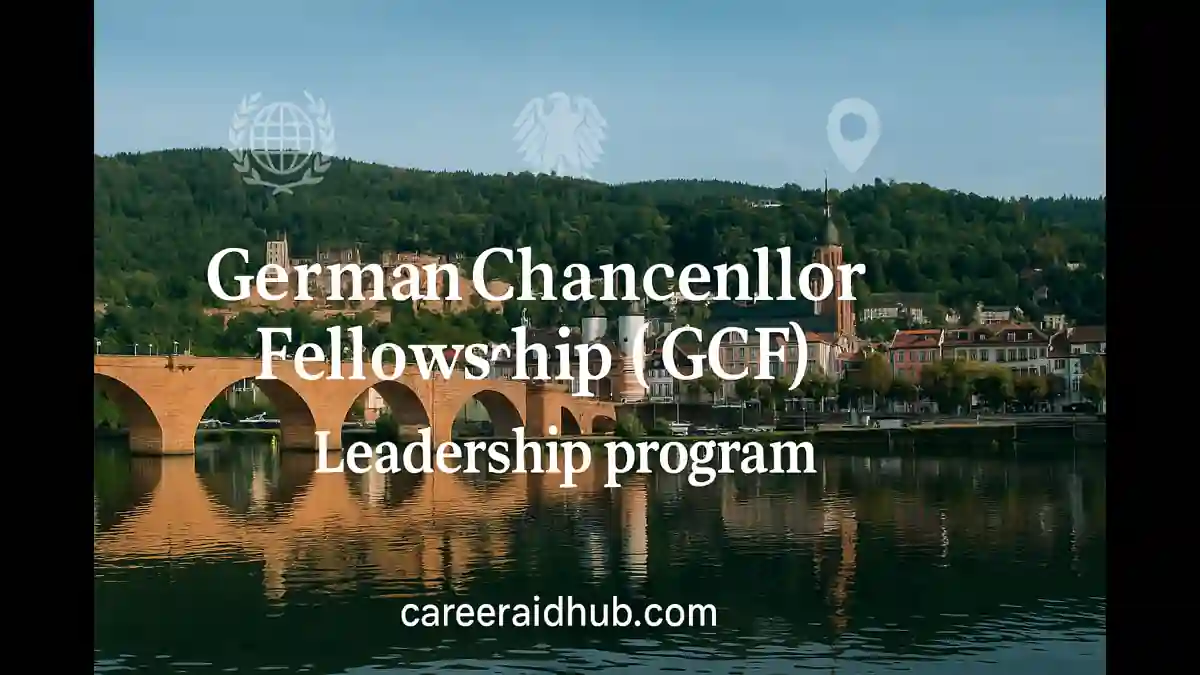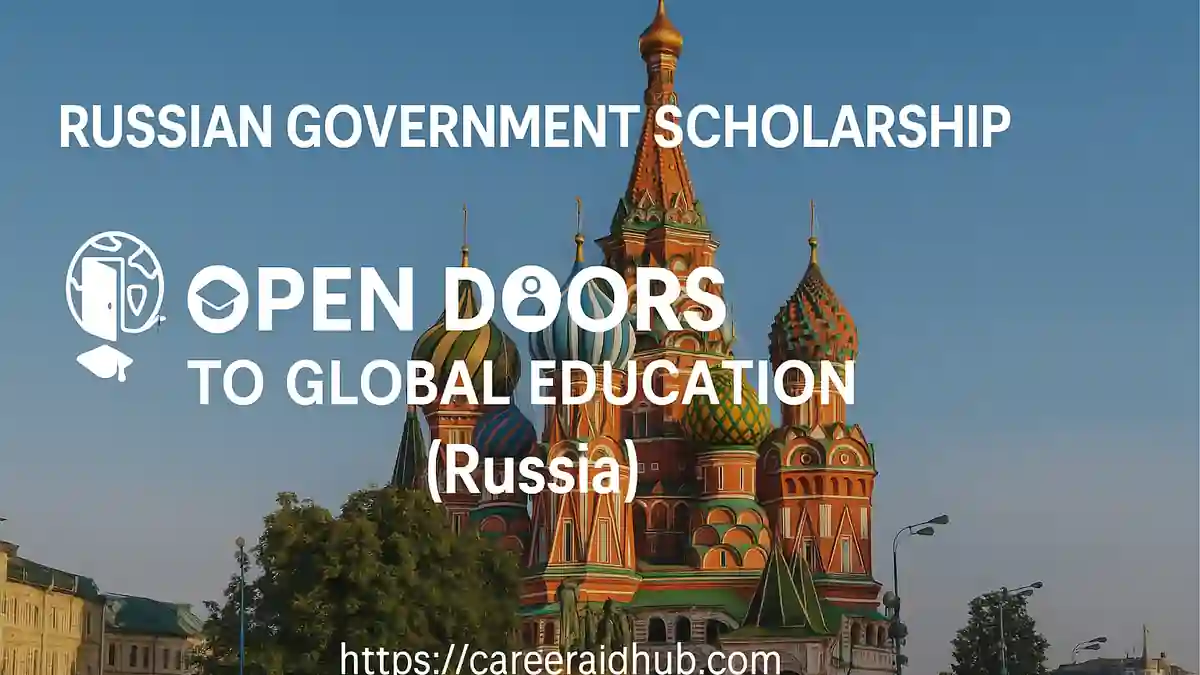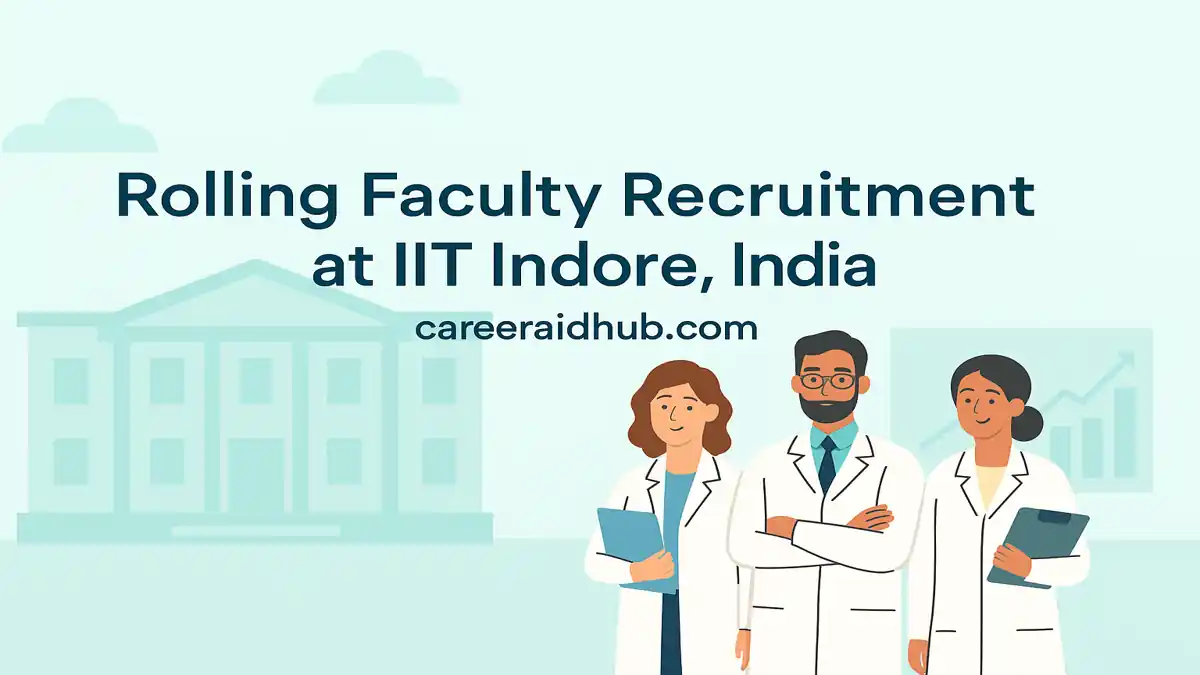German Chancellor Fellowship (GCF): A Complete Guide for 2025 Context and Future Planning
Why the GCF Stood Out
The German Chancellor Fellowship earned a reputation as a flagship policy-relevant leadership program. Rather than funding purely academic work, it backed purposeful, societal impact projects shaped and led by emerging leaders. Fellows designed a 12-month initiative with a German host institution—for example, a university, think tank, public agency, media house, cultural foundation, NGO, or company—then executed it with mentorship and tailored training.
Crucially, the scheme targeted five partner countries—Brazil, China, India, South Africa, and the USA—to encourage enduring networks that outlast a single grant period. The result was a vibrant alumni community able to translate ideas into policy, organizational change, or public value.
The German Chancellor Fellowship (GCF) by the Alexander von Humboldt Foundation nurtured future leaders from Brazil, China, India, South Africa, and the United States for a 12-month, impact-oriented project in Germany. Although new calls are currently paused, this guide explains the program in depth and helps you plan credible next steps. [Official page](see Reference 1).
What “leadership” meant in practice
Leadership was not a title but a track record. Fellows demonstrated that they could frame real-world problems, mobilize stakeholders,
Who It Was For (and Typical Eligibility)
The fellowship sought future decision-makers, multipliers, and thought leaders with initial leadership experience. Candidates normally held a first academic degree (Bachelor or equivalent) earned within the previous 12 years. Language expectations emphasized strong English and/or German, enabling fellows to work effectively with hosts and public stakeholders.
Mobility and residence expectations
Traditionally, applicants needed to be predominantly living and working in their program country for most of the 12–18 months before the annual deadline. Because the fellowship promoted international exchange, recent employment or study in Germany could limit eligibility. Where warranted, career breaks (e.g., parental leave) could be considered to adjust formal cut-offs.
Applicant profile examples
-
-
A public-policy analyst designing a civic data playbook with a German city lab.
-
A media professional producing a cross-border investigative series with a German newsroom partner.
-
A social entrepreneur piloting a green-skills training model with a German chamber of commerce.
-
What You (and Your Host) Typically Received
Although amounts varied across
Funding architecture at a glance
-
-
Monthly fellowship grant calibrated to qualifications and career stage.
-
Language training before and during the fellowship to accelerate integration.
-
Family and insurance support, plus travel contributions where relevant.
-
Mobility allowance (for research, stakeholder visits, and events).
-
Host institution subsidy (to resource supervision and project delivery).
-
Practical note: Exact numbers can shift with annual budgets. Applicants should always verify current amounts on the official site during the active call window.
What Kinds of Projects Qualified
Projects needed to be societally relevant and public-facing—not merely theoretical. Strong proposals translated analysis into actionable outputs such as toolkits, pilots, policy briefs, media packages, or sector playbooks. Interdisciplinarity was welcomed, provided the plan remained feasible within 12 months and justified the choice of host.
Common design patterns (use these to stress-test your idea)
-
-
Policy to practice: Draft a
policy blueprint and run a field pilot with a municipal or state partner. -
Communication for impact: Produce a multilingual media series with a German broadcaster to influence public discourse.
-
Civic technology: Co-create an open-source prototype with a university lab and a civil society coalition.
-
Sector transformation: Partner with an industry association to develop a standards roadmap and test adoption pathways.
-
How Selection Worked
The process combined eligibility screening with a substantive assessment of leadership potential and project merit. Shortlisted applicants were invited to an online interview with a country-specific panel. Historically, success rates hovered around one in four to one in three in many cycles, reflecting both the program’s selectivity and the quality of host-backed proposals.
What panels looked for
-
-
Clarity of problem and public value.
-
Leadership signals: initiative, influence, and credible delivery plans.
-
Host fit: clear supervision, access to networks, and institutional commitment.
-
Feasibility: realistic milestones and risk management for a 12-month horizon.
-
Impact pathway: audiences defined, adoption channels mapped, and metrics outlined.
-
Application Materials (When Calls Were Open)
A complete application typically included a project proposal (objectives, methods, outputs, impact,
Documents and direct uploads
-
-
Host confirmation: a signed statement and mentoring plan uploaded by the German host.
-
Two recommendations: confidential letters submitted directly by referees.
-
Credentials: degree certificate(s), an updated CV, and language documentation.
-
Tips for a strong file
Vary sentence openings, avoid jargon where simpler prose suffices, and ensure that each section explicitly advances your case. Use headings and bullet lists to keep reviewers oriented, and include transition phrases (“consequently,” “meanwhile,” “therefore”) to help panels follow the logic.
Normal Timeline (For Context)
In typical years, applications opened in March and closed in October (historically mid-month). Shortlisting and interviews followed soon after, with cohorts beginning the next summer or autumn. At present, this timeline is provided for historical context only while the program remains paused.
Looking ahead (predicted cycle months)
If calls resume, expect the application window in March–October with interviews in November–December and onboarding activities starting June–October of the subsequent year. We will update soon if the Foundation publishes new dates.
What to Do Now (2025) If You Were Aiming for GCF
Although no new calls are planned as of now, you can repurpose your materials and maintain your German partnerships so that you are ready if conditions change.
1) Monitor official updates
Bookmark the program homepage and the hosts’ information page. Policy-driven programs can shift with budgets; consequently, watch for formal notices rather than rumors. (Intro citation already given; conclusion citation provided at the end.)
2) Reframe your proposal for closely aligned alternatives
Depending on your profile, several active schemes capture elements of GCF’s mission—mobility, leadership, and societal impact. For example, consider mobility-focused EU fellowships, German reintegration models, or postdoctoral tracks that value policy translation. When adapting, maintain your stakeholder map, impact indicators, and quarterly milestones to demonstrate continuity and readiness.
3) Keep your German network warm
Hosts value initiative. Therefore, propose lightweight collaborations—guest talks, short scoping visits (virtual or in-person), or a joint policy brief—to sustain momentum. Additionally, line up letters of intent that can quickly convert to host confirmations if a call opens.
Quick Checklist to “GCF-Level” Your Proposal (Useful for Alternatives)
-
-
Problem & public value: Define a concrete societal problem and the public good your project delivers within 12 months.
-
Leadership edge: Evidence decisions you have led, teams you have managed, budgets you have handled, or interventions you have delivered—and explain how the fellowship enables your next leadership inflection point.
-
German fit: Identify the stakeholders, policies, datasets, and ecosystems in Germany you will engage, and explain why this host is essential.
-
Feasible plan: Provide quarterly milestones and specify outputs that matter—policy memos, pilot prototypes, media series, civic toolkits, or playbooks.
-
Impact pathway: Clarify who will adopt the results, which policy forums or industry bodies will be targeted, and how uptake will be measured.
-
Sustainability: Outline collaboration beyond the grant (MoUs, follow-on funding, alumni networks, or joint labs).
-
Conclusion
The German Chancellor Fellowship has been a distinctive bridge between leadership development and public impact, with a strong emphasis on collaboration in Germany. While new calls are not currently planned, the program’s structure remains a helpful blueprint for designing credible, outcome-oriented projects. Keep your proposal “deployment-ready,” sustain your host conversations, and track the Foundation’s notices for any changes.
|
Feature |
Details |
|
Program |
German Chancellor Fellowship (GCF) |
|
Host Country |
Germany (projects primarily based at a German host institution) |
|
Funded By |
Alexander von Humboldt Foundation |
|
Duration |
Typically 12 months |
|
Study Mode |
Full-time, in-country residency with a German host; limited travel permitted for project delivery |
|
Eligibility |
Early-career leaders from Brazil, China, India, South Africa, and the USA with demonstrated leadership potential and a bachelor’s degree or equivalent completed within the past ~12 years (adjustments possible for documented career breaks) |
|
Financial |
Monthly stipend (experience-tiered), language support, family/insurance/travel contributions; mobility allowance; host subsidy |
|
Fields |
Cross-sector leadership and public-impact projects (policy, business, media, civil society, culture, and applied research interfaces) |
|
Deadline |
Historically scheduled for October (month only); we will update soon |
|
Official |
FAQs: German Chancellor Fellowship (GCF)
Eligible applicants are emerging leaders with a first degree, leadership experience, and a project with a German host; moreover, they must come from Brazil, China, India, South Africa, or the USA.
Yes. You must secure a committed German host—university, think tank, public body, media house, NGO, or company—and, additionally, outline mentoring and project integration.
The fellowship supports public-impact, practice-oriented projects that deliver measurable outcomes; furthermore, proposals should show feasibility within twelve months and strong stakeholder engagement.
It typically provides a monthly stipend, language courses, family and insurance contributions, a mobility allowance, and, additionally, a host subsidy to support supervision and delivery.
You should demonstrate strong English and, ideally, some German; however, the program includes language training to support integration and impact.
Yes. The program welcomes policy professionals, entrepreneurs, journalists, civil society leaders, cultural practitioners, and applied researchers, provided they demonstrate leadership and clear public value.
Historically, selection has been competitive; therefore, strong leadership signals, a realistic plan, and a well-matched host significantly improve your chances.
Start with a concise concept note; then, propose meetings, clarify roles, and co-develop milestones, outputs, and public-impact pathways aligned with institutional priorities.
Refine your proposal, maintain host relationships, and, additionally, target aligned opportunities such as mobility fellowships, reintegration schemes, or policy-focused postdoctoral programs.
Premium Mentorship for a Stronger Application
- Premium Mentorship: personalised 1:1 guidance for this and similar opportunities
- In-depth review of your CV, academic profile, and key statements
- Aligned with international selection criteria so your profile matches what panels expect
- Stronger, more compelling narrative for highly competitive calls
- Step-by-step support from opportunity mapping to final submission (fee-based)










